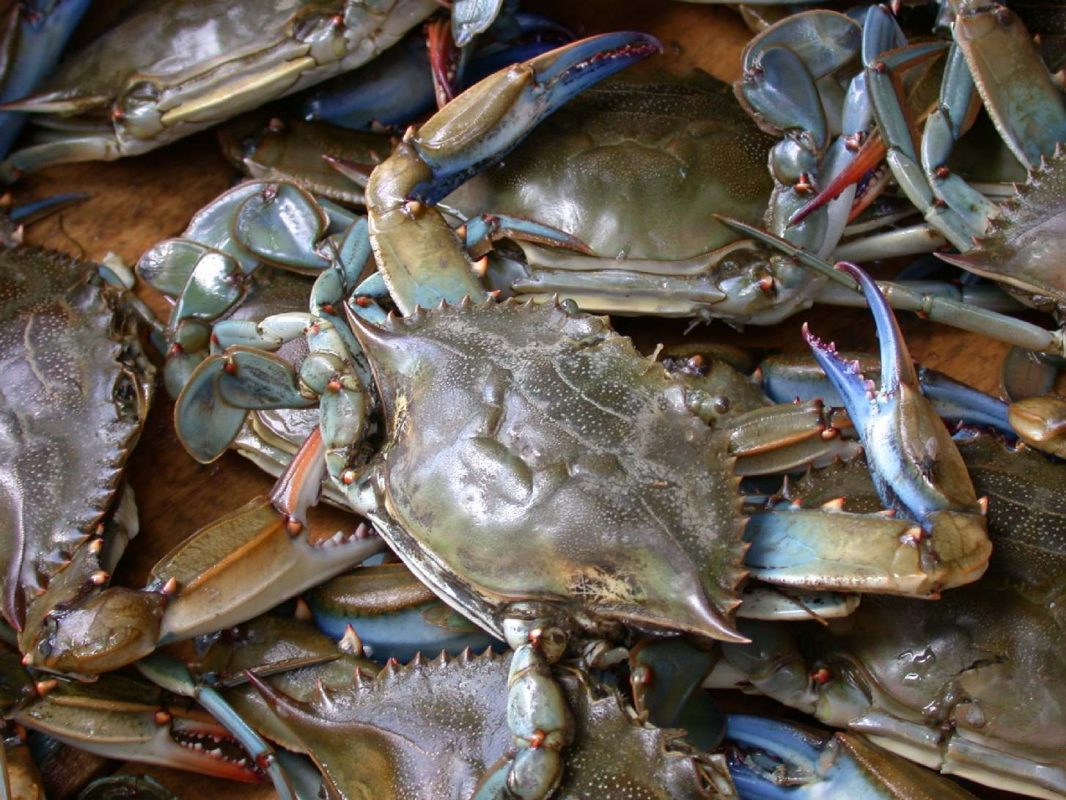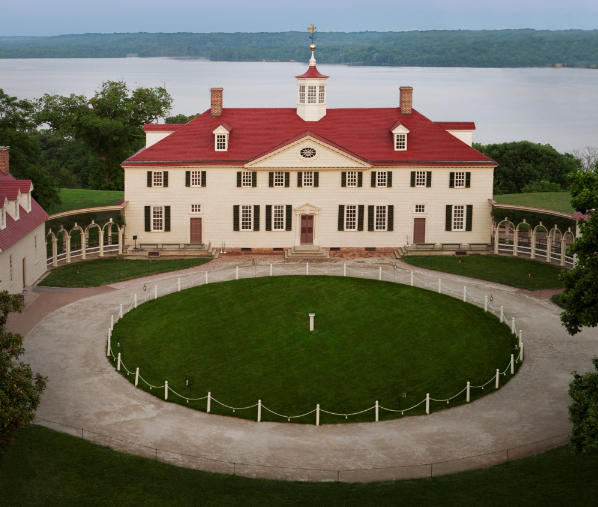
There’s long been evidence, namely piles of discarded shells, that oysters were an important food source for Native Americans and early colonialists in the Chesapeake Bay region. Captain John Smith himself once remarked that oysters “lay as thick as stones” in our bay.
But until recently, researchers didn’t believe that Native Americans and the early colonialists were as enamored with the blue crab—the crustacean that has since come to be identified with Chesapeake Bay culture. Largely because so few blue crab shells had been found among the region’s archaeological digs.
Now that’s changed, according to a new study published in the Journal of Archaeological Science this month. The reason crabs haven’t been previously identified as the part of the region’s diet centuries ago, according to researchers, is simply that blue crab shells are so fragile that they have escaped detection. They break easily into tiny pieces, decomposing, and what remains of their carapace “just doesn’t preserve well over time,” lead author Torben Rick, an anthropologist at the Smithsonian’s National Museum of Natural History, said in Smithsonian Science.
Reviewing museum and archaeological collections, however, new research and experiments have identified blue crabs from 93 Chesapeake Bay sites, dating from at least 3,200 years ago through the 20th century, according to the study’s abstract.
“They are found at a wide variety of site types, including George Washington’s Mount Vernon Estate (see below), a series of plantations and manors in Maryland, a 17th century Native American site, and a 19th-20th century African American domestic site,” Rick and co-author Matt Ogburn, a crab ecologist at the Smithsonian Environmental Research Center, wrote in their paper. “These crab remains range in age from the early 17th century to the 20th century, suggesting continuous consumption of crabs from prehistoric times and across all major cultural or ethnic groups (Native American, Euro American, African American).

The study also reported that crabs overall appear to have been both more common and larger back in the day, in part because of intensive harvesting today.
No word, yet, if the first president had his own mallet, favorite seasoning, and preferred beer for the Mount Vernon feasts. And technically, we should note, no one has actually nailed down for certain if old George partook in the crab feasts discovered on his estate, but then again, why would he bother with the wooden teeth if wasn’t going to enjoy them?
